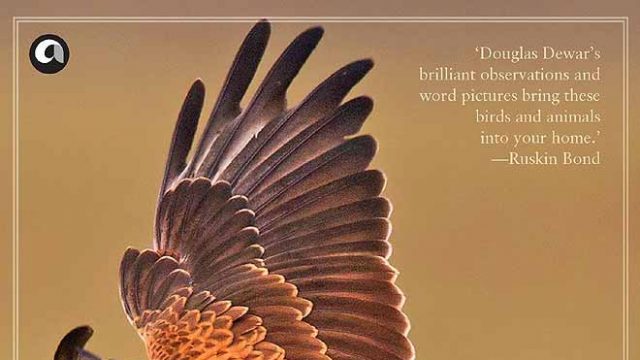Does the early bird really catch the worm? Is a reprinted book on ornithology written in 1912 better than all the others on the shelf today? The jury is out on that one. But what one can say with certainty is that it is infinitely more pleasurable to read a book from a time when birdwatching was truly a leisure activity, a hobby that involved observing birds, their habits and habitats and making joyous discoveries, not peering through footlong lenses to get that perfect high-resolution shot.
Douglas Dewar reports from an era when early naturalists like Jerdon, Hume and Finn were still gathering information about the birds of India. Identification and cataloguing of Indian avifauna was a work in progress. Posted in Punjab between 1921 and 1924 as Accountant General, Dewar wrote extensively on birds of India, and Jungle Folk is a compilation of his writing in the leading dailies of the day.
In this delightful collection of field reports, he takes the readers along to the leafy gardens of Madras to the bustling city of Lahore through the arid plains of Punjab. He peeps into the nest of a brown rock-chat, keenly observes the roosting of bee-eaters and comments on the migration pattern of the rosy starlings. The coots, moorhens, duck and the ever-graceful wagtails do not escape his observant eyes.
His writing gives us a sense of context and place in the days of the Raj as well. He ventures into the outskirts of Oudh to indulge in falconry and compares the skills of goshawks, sparrow-hawks and the peregrine falcons like an expert. He comments on game hunting habits of the elite and the native Indians as well. While most of the chapters in the book are devoted to his observation of the birds, he allows a few to focus on reptiles and mammals like the cobra, mongoose and squirrel.
Modern-day birdwatching has evolved into a hobby that requires field guides with precise distribution maps, high-end optics, access to online databases and memberships of peer groups. It gains further complexity with species being split based on molecular studies, races defined and redefined, and ranges being adjusted based on field records. But when a book like this comes along, it reminds us that birdwatching is just that—watching a bird for the joy of it.




